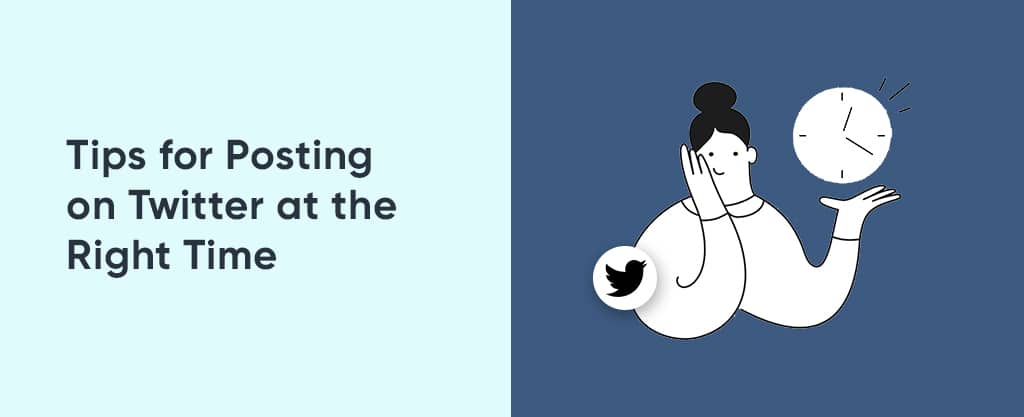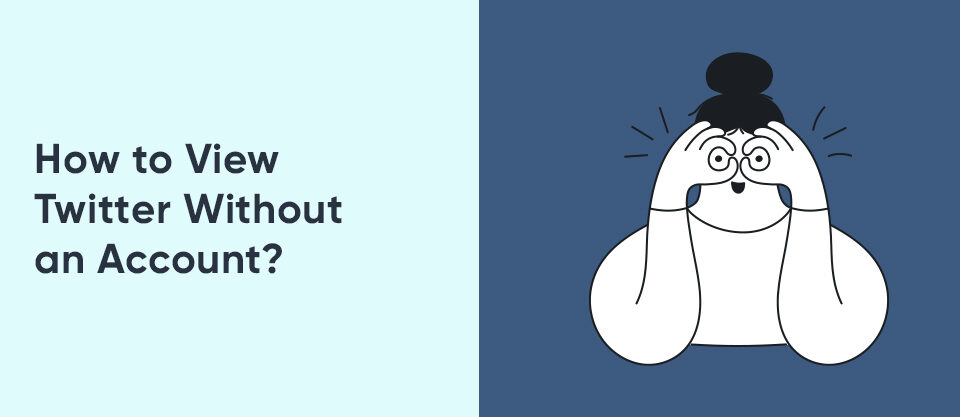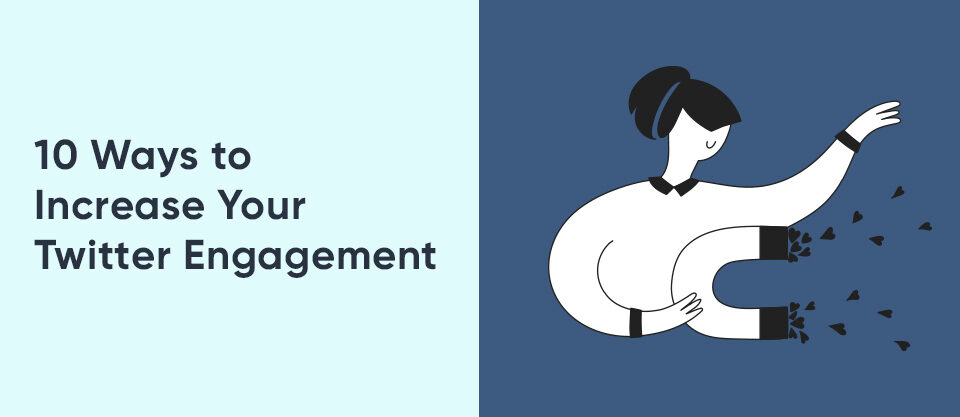
How to Find Your Niche on YouTube?
June 8, 2023
The Best Times to Post on Facebook for Maximum Reach and Engagement
June 8, 2023Maximizing Engagement: Tips for Posting on Twitter at the Right Time
There is no doubt that Twitter is a powerful social media platform that offers a wide range of opportunities for businesses and individuals to connect with their audiences. With over 330 million monthly active users, it’s a highly competitive space, making it important to ensure that your tweets stand out and engage with your target audience. One key factor that can influence the success of your tweets is timing. Posting at the right time can significantly impact your reach and engagement, leading to higher visibility and more interactions with your audience. However, determining the best time to post on Twitter can be a challenge, as it depends on various factors such as your audience’s demographics, location, and online behavior. In this article, we’ll share some tips and strategies for maximizing engagement by posting on Twitter at the right time.
Use Twitter Analytics
Twitter Analytics is a free tool provided by Twitter that offers valuable data about your account’s performance and your audience’s behavior. You can use this information to track your account’s growth, measure the success of your tweets, and identify your audience’s demographics, interests, and online behavior. Twitter Analytics also provides data on when your followers are most active on the platform, which can help you identify the best times to tweet.
To access Twitter Analytics, go to analytics.twitter.com and log in with your Twitter account. Here, you can view data on your account’s performance, including engagement, reach, and impressions. You can also view data on your audience, including demographics, interests, and online behavior.
Experiment with different posting schedules
While the best times to post on Twitter can vary based on your audience and industry, it’s important to experiment with different posting schedules to see what works best for your specific account. Try tweeting at different times of the day and week and track engagement metrics like retweets, likes, and replies to determine which times generate the most engagement.
You can use a social media management tools such as Hootsuite, Buffer, or Sprout Social to schedule your tweets in advance and track engagement metrics across different platforms.
Consider your time zone
Are you trying to figure out when to send that tweet to get the most engagement possible? While there is no one-size-fits-all answer to this question, there are a few general rules that can help guide you in the right direction. Generally, the best time to tweet for maximum exposure depends on your audience and their habits. If you’re targeting a global audience, you may need to adjust your schedule to account for different time zones. Additionally, consider the type of content you’re sharing – for example, if it’s breaking news or a time-sensitive announcement, you’ll want to send it when your audience is most likely to be online. Finally, don’t forget to experiment and analyze your results to see what works best for your particular audience. With a little bit of research and trial-and-error, you can find the sweet spot for your Twitter posting schedule and maximize your exposure.
If you’re targeting a global audience, it’s important to consider time zones when tweeting. Tweeting at a time that’s convenient for your time zone might not be optimal for your audience in other regions. Use tools like World Time Buddy or Timezone.io to find the best times to tweet based on your audience’s location.
Use relevant hashtags
Hashtags are a powerful tool for increasing the visibility of your tweets and reaching a wider audience. When using hashtags, make sure they are relevant to your content and your audience’s interests. Accordingly , you can also use tools like Hashtagify or RiteTag to find popular and relevant hashtags to use in your tweets.
Focus on quality over quantity
Posting frequently doesn’t necessarily result in higher engagement on Twitter. Instead, focus on creating high-quality content that resonates with your audience. This can include informative blog posts, visually appealing images, or engaging videos.
When creating content, consider your audience’s interests, pain points, and online behavior. Use language and visuals that appeal to your audience and encourage them to engage with your tweets.
Use visuals
Visual content, such as images and videos, tends to perform better on Twitter than text-only tweets. Incorporate visuals into your tweets to increase engagement and reach. When creating visuals, make sure they are high-quality, visually appealing, and relevant to your audience’s interests.
You can use tools like Canva, Adobe Spark, or Piktochart to create professional-looking graphics, infographics, and videos even if you don’t have design experience.
By using Twitter Analytics, experimenting with posting schedules, considering time zones, using relevant hashtags, focusing on quality over quantity, and using visuals, you can optimize your Twitter posting strategy and increase engagement with your audience.
So, to wrap it up, nailing the timing of your tweets is key to success on Twitter. By figuring out when your audience is most active and engaged on the platform, you can optimize your content and get the most out of your Twitter strategy. Plus, keeping a consistent posting schedule will help you build a loyal following and establish your brand identity. So go forth, tweet with confidence, and let the engagement roll in!
Related article; How to Use Twitter Analytics
How do I find the best time to post on Twitter?
The best time to post on Twitter depends on your audience’s demographics, location, and online behavior. Use Twitter analytics to gather data on when your followers are most active and engage with your tweets. You can also try different posting times and track engagement metrics to determine what works best for your audience.
Is there a specific day or time when I should avoid posting on Twitter?
Avoid posting during times when your audience is unlikely to be active, such as late at night or during weekends. However, it’s important to experiment with
How often should I post on Twitter?
Posting frequency depends on your goals and audience preferences. It’s important to strike a balance between staying active and not overwhelming your audience with too many tweets. Aim to post at least once a day and up to three times a day if you have engaging and relevant content.



